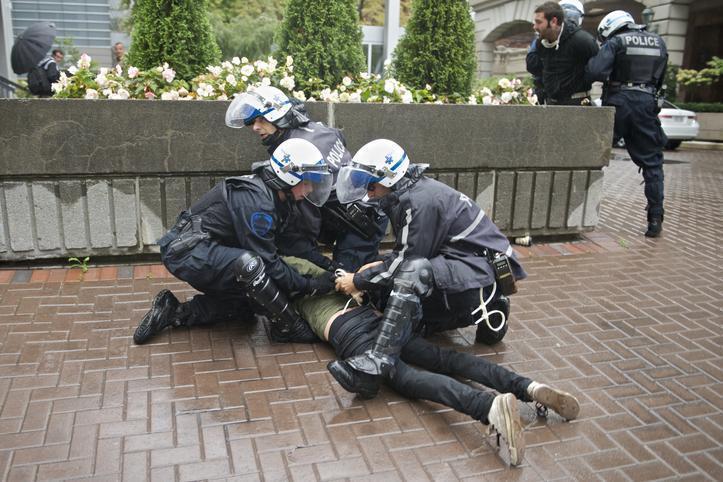

- Ref # CAB00236
- February 17, 2024
Reader Comment Furthers Our Discussion of 69 P.C., Threats, Resistance, Flight, and Officer Injury
From the Classroom
By Ray Hill
Professor Emeritus, Santa Rosa Junior College
Threat Offenses (69 P.C.) – A Follow-Up Case
After our recently published article “Timely Issue – A Review of Threat Offenses Against Public Officers, Employees, and Elected Officials” (1/14/24 – LU Ref. #CAB00231), we received this relevant comment from Corporal William Boehm, from the Vacaville Police Department:
“I seem to recall a 69 P.C. case out of a Southern California agency that was detailed under a previous incarnation of Mr. Phillips’ updates. The case involved an officer that was injured by a suspect resisting with physical force, but not as a direct result of assault/battery. If I remember correctly, the officer was injured trying to either prevent (a) suspect escape, or in the process of attempting to apprehend the suspect as he fled (or tried to). Since then, I have worked under the premise that a 148 P.C. is more of either passive resistance/delay, or simple flight, and that resistance with force (even if not specifically assault) qualifies as 69 P.C. When I pull up the jury instructions for 69PC it seems to affirm this.”
Subsequent research found Peo. v. Bernal (2013) 22 Cal. App. 4th 672:
Two Escondido bicycle officers were on patrol in a ....







